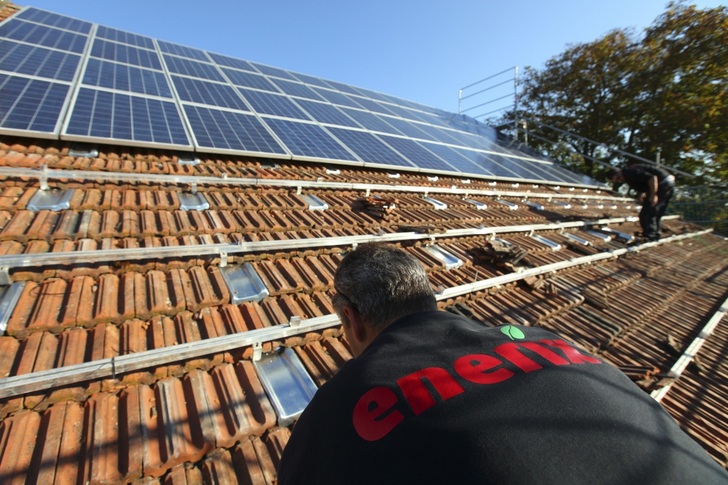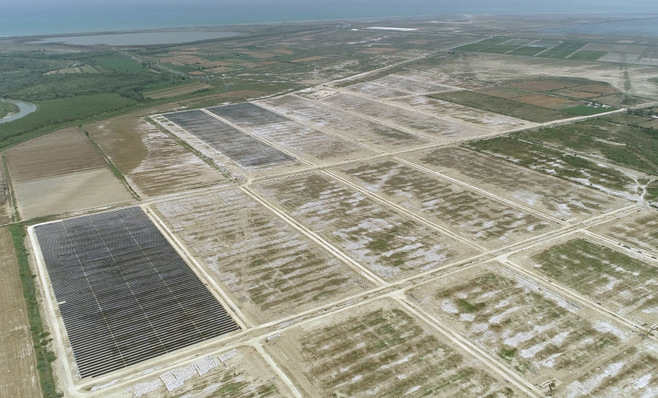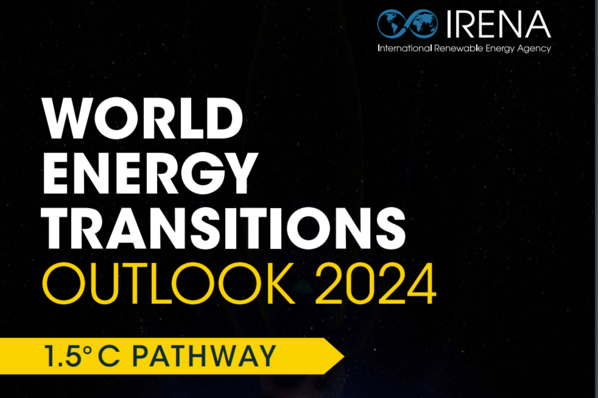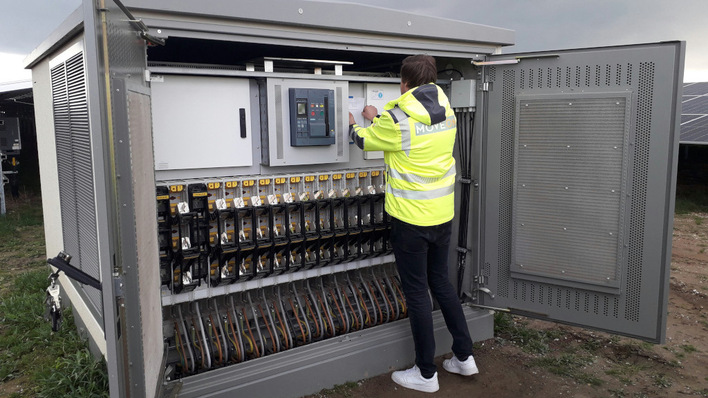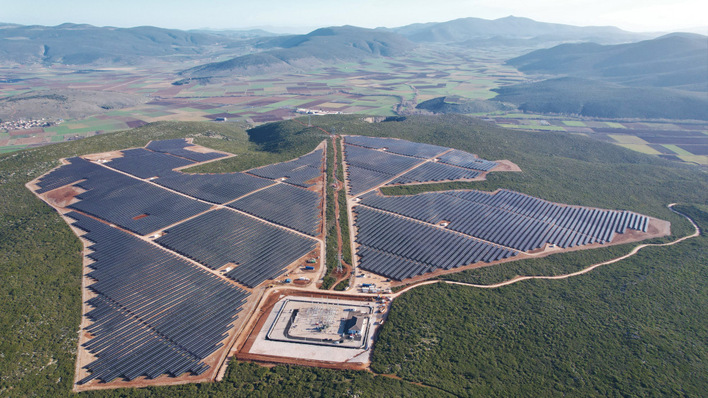After years of fast PV market development driven by financial incentives and feed-in policies, PV has reached a level of competitiveness that allows to switch progressively to self-consumption measures. The wide range of choices for self-consumption policies, including net-metering and net-billing have contributed to make the development of PV much more complex than previously. Moreover, the increased penetration of PV has created new challenges in terms of grid financing, tax management and impact on incumbent utilities.
While several countries or states are trying to circumvent the development of PV through self-consumption by using questionable arguments and measures, this report intends to highlight the strengths and weaknesses of self-consumption measures and provide reliable and unbiased arguments to develop such schemes.
· This report aims first at providing a clear methodology to understand and compare all types of self-consumption policies. It proposes a clear set of parameters covering all existing and future self-consumption regulations.
· Second, the report comprises an analysis of existing self-consumption measures in 20 key countries.
· Third it compares the profitability of the five key self-consumption schemes and highlights the main challenges and opportunities associated to these schemes, especially with regard to grid financing, tax management and impact on incumbent utilities.
· Fourth it looks at the influence of self-consumption measures on the PV market in the last years.
· This report will be completed in the coming weeks by a set of policy recommendations.

